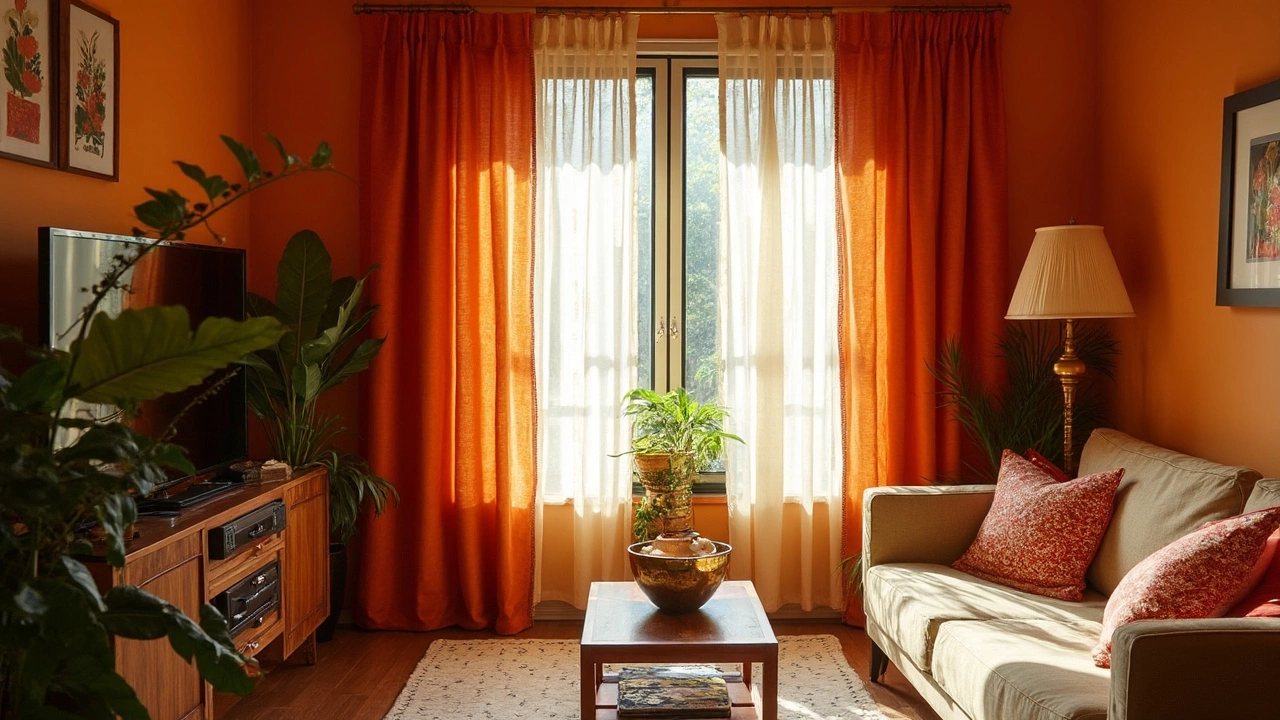Floor: Choosing the Right Surface for a Sustainable Home
When planning a home upgrade, understanding Floor, the surface you walk on inside a building, covering the structural slab and providing aesthetic and functional value. Also known as ground surface, it plays a key role in comfort, durability, and visual appeal.
One of the first decisions is the type of Flooring Materials, wood, tile, vinyl, concrete, bamboo, cork and other options that affect durability, maintenance and look you’ll use. Each material brings its own set of attributes: hardness, moisture resistance, cost, and environmental impact. For example, reclaimed wood offers a warm feel while keeping waste low, whereas porcelain tile provides high water resistance for kitchens and bathrooms.
Next comes Floor Colors, the palette of hues and tones applied to flooring that tie rooms together and influence perceived space. Choosing the right floor colors can make a small room feel larger or add coziness to a large open plan. Neutral shades like greys and beiges match most decor, while darker tones create drama and hide scratches. The right hue also works hand‑in‑hand with wall paint and furniture to achieve a balanced look.
Key Considerations for Selecting a Floor
Beyond looks, think about Sustainable Flooring, eco‑friendly choices such as bamboo, cork, reclaimed wood, and low‑VOC laminates that lower carbon footprint and improve indoor air quality. These options not only help the planet but often bring long‑term cost savings thanks to durability and low maintenance. When you pair sustainable material with a light color palette, you get a space that feels fresh and responsibly designed.
Floor durability is another essential attribute. High‑traffic areas demand harder surfaces like engineered hardwood or luxury vinyl plank, while bedrooms can get away with softer options like carpet or acoustic underlays. Matching material hardness to room usage helps prevent premature wear and keeps the floor looking new for years.
Installation method also matters. Some materials, like click‑lock laminate, offer DIY‑friendly installation, whereas stone tile often requires professional expertise. Knowing the skill level you’re comfortable with can save time and money. Also, consider the subfloor condition – a level, clean base ensures the floor sits properly and reduces squeaks.
When you combine the right material, color, and sustainability factor, you create a harmonious foundation for interior design. Interior Design, the practice of arranging spaces to be functional and aesthetically pleasing relies heavily on the floor as a visual anchor. A well‑chosen floor can highlight furniture, guide traffic flow, and set the mood for the entire home.
Budget constraints often shape the final decision. While premium hardwood can be pricey, mid‑range bamboo or high‑quality vinyl offers a similar look at a lower cost. Remember to factor in long‑term maintenance – a cheaper floor that needs frequent refinishing may end up costing more overall.
Finally, think about the future. If you plan to sell your home, neutral floor colors and durable, low‑maintenance materials typically boost resale value and appeal to a broader buyer pool. Adding a sustainable angle can also be a selling point in today’s eco‑conscious market.
Below, you’ll find a curated collection of articles that dig deeper into each of these topics – from specific color guides and material comparisons to practical installation tips and sustainability insights. Use them as a toolbox to pick the perfect floor for any room, keep your budget in check, and create a home that feels both stylish and responsible.
Wondering if your curtains have to reach all the way to the floor? This article breaks down whether it's okay for curtains to hang above the floor. Get real tips for choosing curtain length based on style, function, and room type. We’ll look at what designers say, when shorter curtains actually make sense, and practical advice for getting the look you want. You’ll learn why sometimes breaking this common ‘rule’ is totally fine.
View more
